
JBL Blogs
LifestyleAir vs Bone Conduction Headphones: Which One’s Right for You?
Honestly? There’s no one-size-fits-all answer. Air conduction headphones, like traditional earbuds, transmit sound through the air to your eardrum. Bone conduction headphones, on the other hand, bypass the eardrum and send sound vibrations through your skull to the inner ear. This difference leads to distinct experiences in sound quality, comfort, and situational awareness, which is precisely why the ultimate choice will depend entirely on your listening style and needs.
If you want to learn more about the audio tech world and why it matters for your listening experience, good news — you’re in the right place. We’re diving deep into the air vs bone conduction headphones debate. Whether you're chasing crystal-clear bass drops or want to hear both your playlist and that oncoming cyclist, this guide has your back.
What Are Air Conduction Headphones?
As mentioned above, air conduction is the traditional method by which we naturally hear and experience sound. It works by transmitting sound waves through the air to your eardrum, which vibrates to create the sound you hear and sends signals to the brain, and boom — music. It’s the same process that lets you hear someone calling your name or the rustling of crisps in a cinema.
Air conduction headphones include everything from wireless over-ear headphones, in-ear headphones, to open-ear earbuds. They’re built to deliver rich, layered sound because they use your ears’ natural structure to do the job.
Why People Love Air Conduction Headphones
- Sound quality that slaps: From deep bass to detailed highs, air conduction gives you the full range.
- Noise isolation: In-ears and closed-back designs help seal out distractions — perfect for zoning in.
- Familiar comfort: These are what most people are used to, so there’s no learning curve.
Air conduction headphones are usually the go-to for most listeners, offering a familiar and reliable way to experience sound. And with many different models designed by audio experts like JBL, you can easily find a pair that delivers exceptional sound while ensuring all-day comfort.
What Are Bone Conduction Headphones and How Do They Work?
As detailed earlier, bone conduction flips the script by transmitting sound through vibrations directly to the bones of the skull, rather than through the ear canal. This method bypasses the eardrums entirely, sending sound straight to your inner ear and delivering true open-ear audio. This is the core principle of many inductive bone conduction headphones.
The magic happens because bone conduction headphones contain transducers (speakers) that convert audio signals into vibrations. These vibrations are then transmitted directly to the bones of the skull, typically through the cheekbones or temples. From there, the vibrations travel through the bones to the cochlea (inner ear), where they are converted into electrical signals that the brain interprets as sound. No eardrum involvement. Wild, right?
Why People Vibe With Bone Conduction Headphones
- Full situational awareness: Your ears stay open, so you can hear that car horn and your playlist.
- No in-ear pressure: Good if you hate the feeling of something stuck in your ears.
- Sweat-friendly and hygienic: Nothing blocking your ear canal means less wax, less gunk, less fuss.
Still, it’s not perfect. Wireless Bluetooth bone conduction headphones and bone conduction earbuds often struggle with bass and can sound a bit tinny compared to traditional ones. And yes — those vibrations on your face? They take some getting used to.
Sound Showdown: Audio Quality
Air conduction wins when it comes to pure sound quality. It offers a wider frequency range and deeper, richer bass. If you want to feel the kick drum or catch every layer in a synth-heavy track, stick with air conduction headphones.
Bone conduction headphones? They're getting better every year, but don’t expect them to blow you away with booming bass or sparkling highs. They may be passable for podcasts, calls, and background listening, but they’re far from audiophile territory.
Comfort and Fit: The Feel Factor
Air conduction headphones come in all shapes and sizes — buds, hooks, cushions — so there's something for everyone.
Bone conduction headphones, on the other hand, don’t go in or on your ears — they rest just in front of them. That means no ear fatigue, but there are a few side effects that some users might experience, such as an uncomfortable buzzing sensation, potential skin irritation at contact points, and headaches from pressure, vertigo or dizziness.
Awareness and Safety: Street-Smart Sound
If you're out for a run, riding a bike, or just walking in a busy city, both air (especially in-ear headphones or active noise-cancelling types) and bone conduction headphones can be great companions. Plus, with many models now boasting a waterproof rating, you don’t have to worry about sweat or rain stopping your music!

Sound Leakage: What Do Others Hear?
No one wants to be that person blasting music on the train. So, how do the two compare?'
Air conduction headphones can leak sound, especially open-back styles, or if your volume’s cranked all the way up. However, there's usually less sound leakage with in-ear or closed-back models. Bone conduction headphones are also not immune to sound leakage, especially at high volumes. However, with both types, it’s important to avoid listening at high volumes for extended periods to prevent hearing damage.
Price: Investing in Your Sound
The price range can vary significantly for both types of headphones, so that's another key factor to consider when making your choice. Generally, bone conduction headphones may be more expensive due to the specialised technology involved in transmitting sound through vibrations.
Air vs Bone Conduction Headphones: Let Your Ears Decide
Tech specs are great, but the best way to know what works for you? Try them out. Whether you're vibing to bass-heavy beats or taking a podcast to your next workout, the right headphones are the ones that feel and sound right for you.
So, go on — experiment, explore, and find the perfect audio companion with JBL's air conduction headphones. Because we're an audio company first, all our open-ear products exclusively pack this groundbreaking OpenSound technology, ensuring uncompromising audio quality. They deliver the best listening experience with natural output by directing sound towards your ears while reducing dispersion.
This means you get to enjoy your personal soundtrack with incredible clarity, comfort, and style, without ever compromising situational awareness. Say goodbye to the limitations of bone conduction headphones and experience booming bass and crystal-clear highs that truly roar!
From audio glasses like the JBL Soundgear Frames to open-ear headphones like the JBL Sense Lite, we have an extensive range to keep up with every beat of your life — shop the full range at the JBL New Zealand Store today!
More from JBL
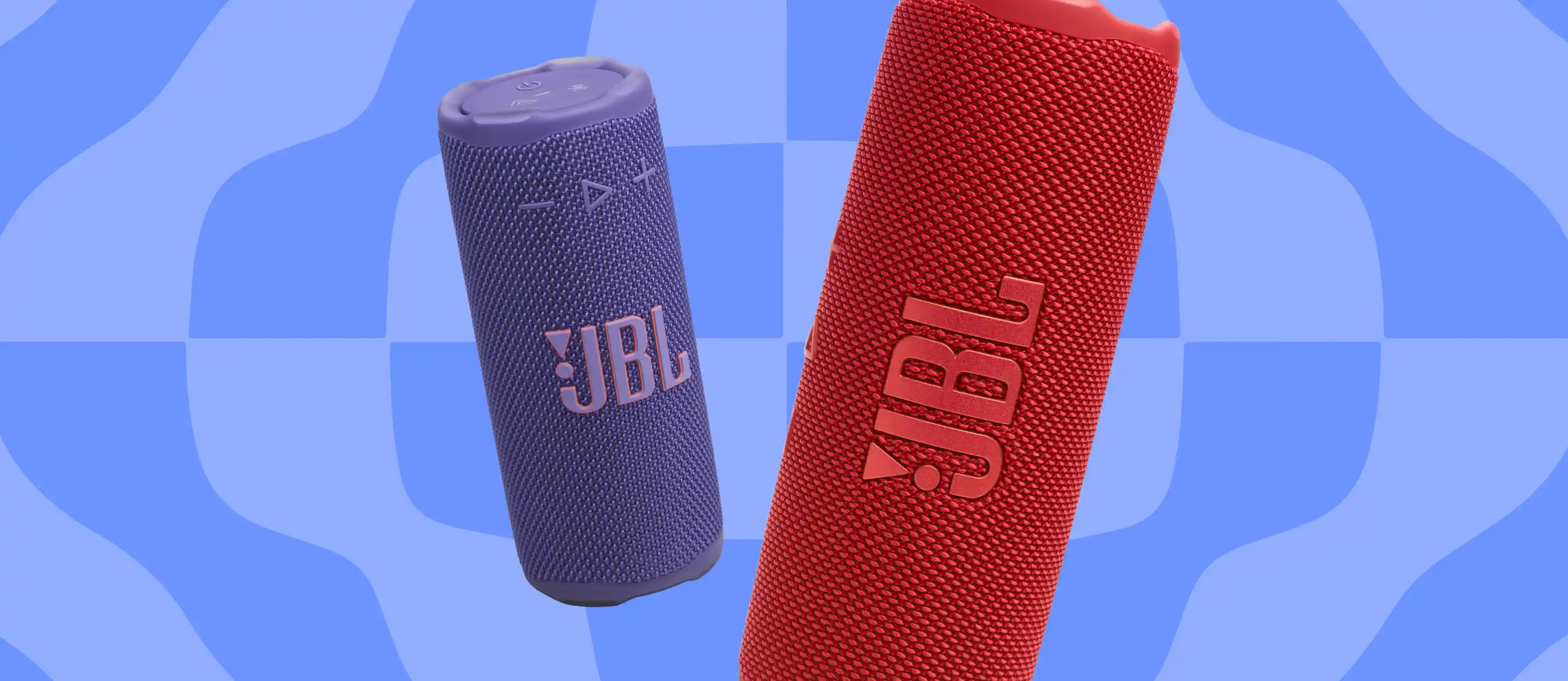 JBL Grip or Flip 7: Which portable speaker brings the right vibes FOR YOU?
JBL Grip or Flip 7: Which portable speaker brings the right vibes FOR YOU?
 JBL QuantumENGINE is the audio app every gamer needs
JBL QuantumENGINE is the audio app every gamer needs
 Try these tricks to help fix muffled headphones
Try these tricks to help fix muffled headphones
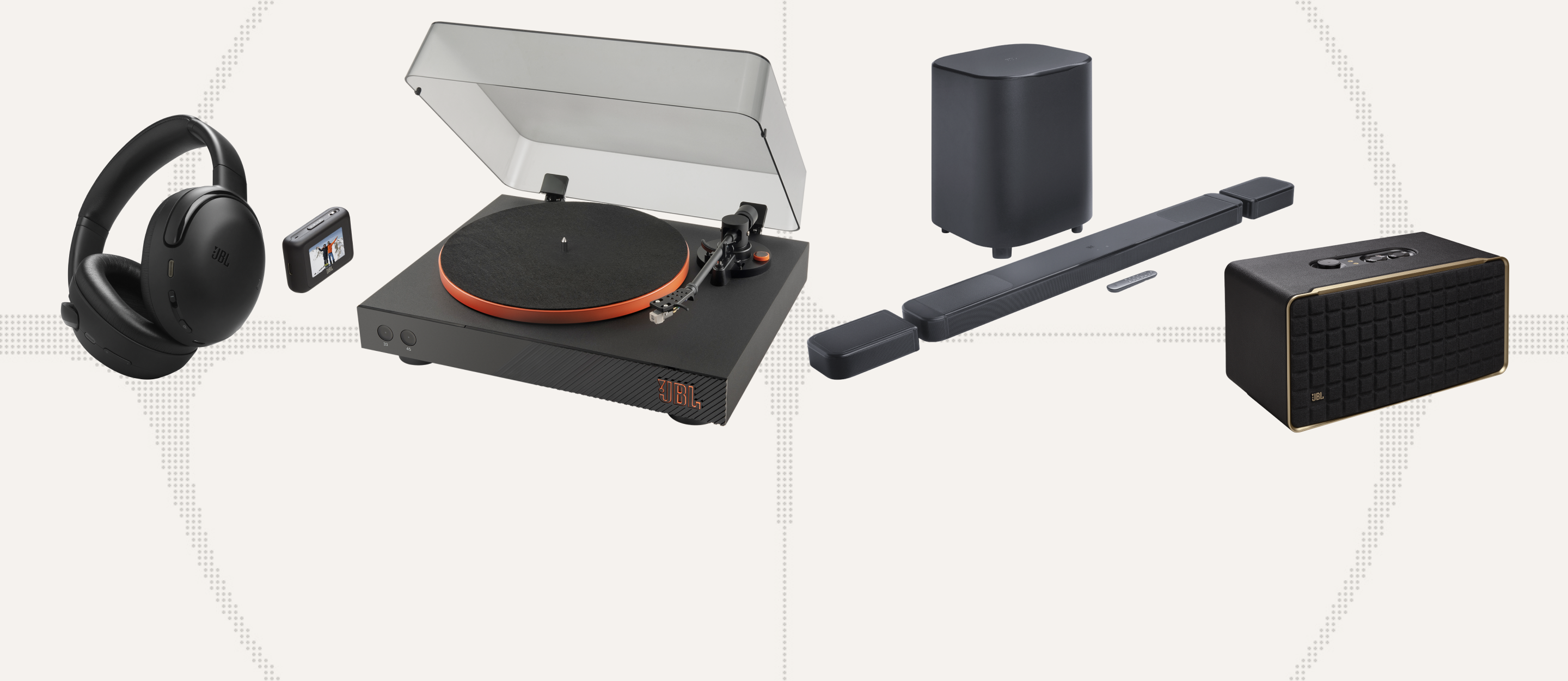 These are 2025’s best gifts for the music lover who knows everything
These are 2025’s best gifts for the music lover who knows everything
 What is Dolby Atmos?
What is Dolby Atmos?
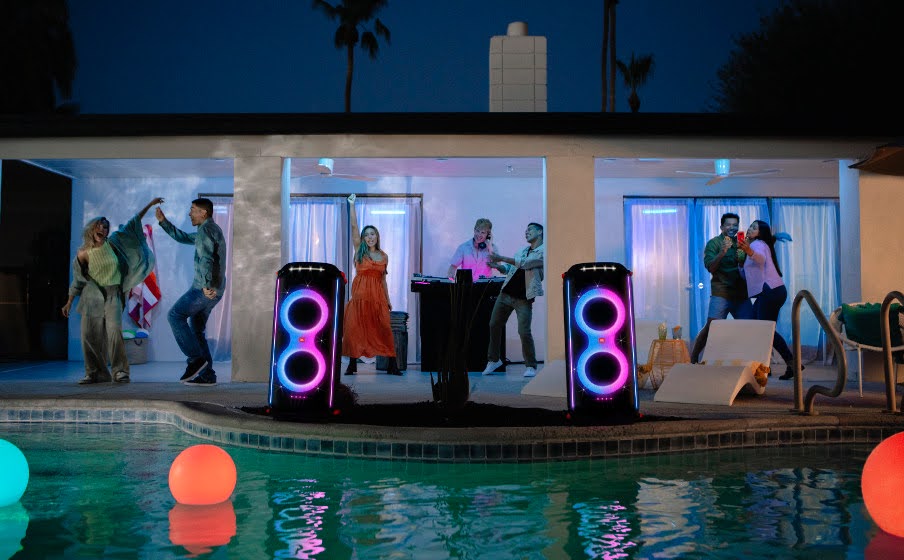 JBL's House Party Planning Guide: Gearing Up for Epic Celebrations
JBL's House Party Planning Guide: Gearing Up for Epic Celebrations
 The Ultimate 2025 JBL Christmas Gift Guide: Presents for Every Passion
The Ultimate 2025 JBL Christmas Gift Guide: Presents for Every Passion
 What to Gift on Father's Day: JBL's Top Picks for Every Dad
What to Gift on Father's Day: JBL's Top Picks for Every Dad
 Active vs. Adaptive Noise Cancelling: Which is Best for You?
Active vs. Adaptive Noise Cancelling: Which is Best for You?
 How to Find Earbuds That Don’t Fall Out: A JBL Guide
How to Find Earbuds That Don’t Fall Out: A JBL Guide
 Air vs Bone Conduction Headphones: Which One’s Right for You?
Air vs Bone Conduction Headphones: Which One’s Right for You?
 Earbud Alternatives to AirPods
Earbud Alternatives to AirPods
 JBL Christmas Gift Ideas: Unwrap the Sound of Joy This Holiday Season
JBL Christmas Gift Ideas: Unwrap the Sound of Joy This Holiday Season
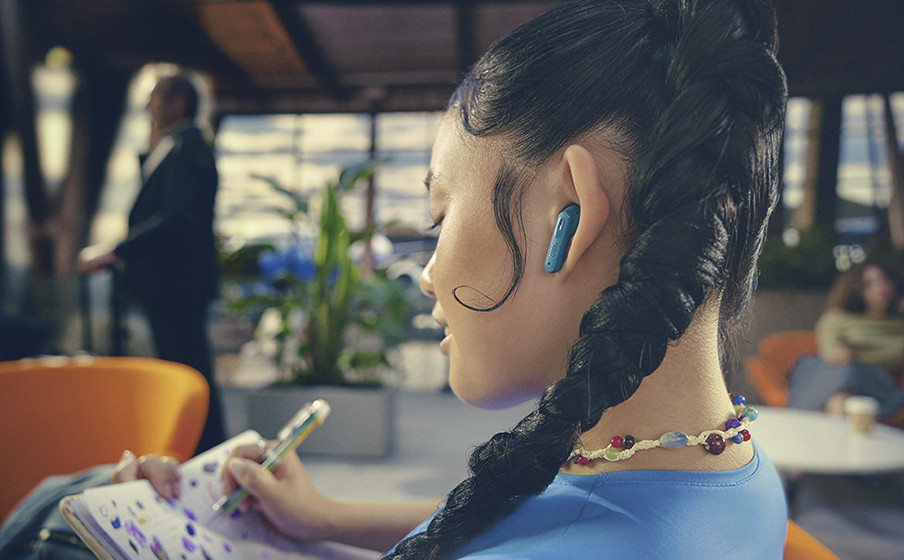 What to Look for When Buying Earbuds
What to Look for When Buying Earbuds
 JBL Live 3 Series: What Makes These Earbuds Stand Out?
JBL Live 3 Series: What Makes These Earbuds Stand Out?
 Best Audio for Outdoor Activities in New Zealand: The Ultimate Guide
Best Audio for Outdoor Activities in New Zealand: The Ultimate Guide
 What is Spatial Audio? Your Ultimate Guide to Immersive Sound
What is Spatial Audio? Your Ultimate Guide to Immersive Sound
 How to Become a DJ in New Zealand: Guide to Rocking the Local Scene
How to Become a DJ in New Zealand: Guide to Rocking the Local Scene
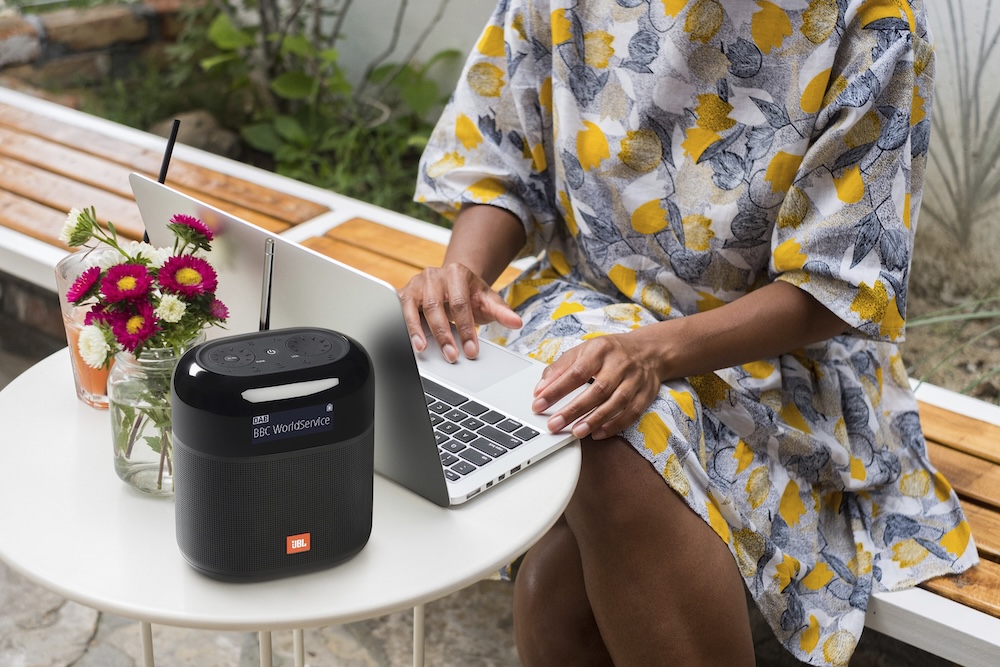 How to Connect Your JBL Speaker to Wi-Fi
How to Connect Your JBL Speaker to Wi-Fi
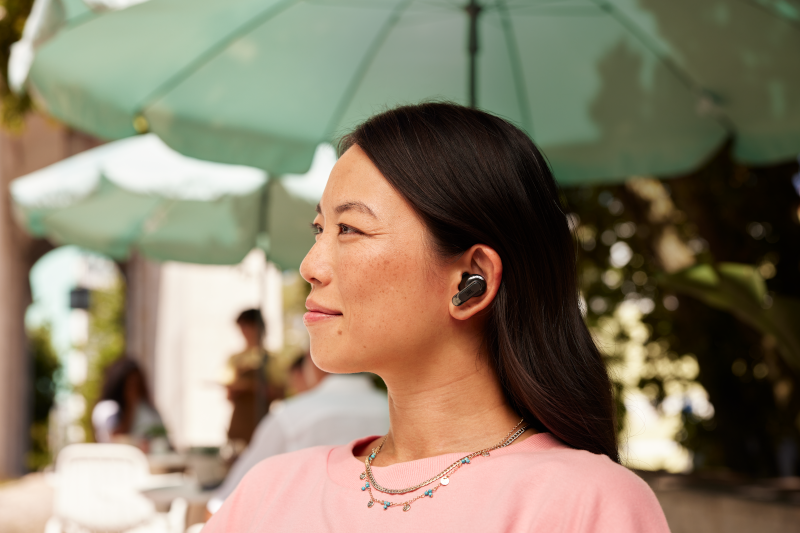 What Is the Best Mother's Day Gift? Our Top Picks 2025
What Is the Best Mother's Day Gift? Our Top Picks 2025
 Travel Will Never Be the Same with JBL Tour Pro 3 Headphones
Travel Will Never Be the Same with JBL Tour Pro 3 Headphones
 Soundbar vs Speaker: Which One’s Best for You?
Soundbar vs Speaker: Which One’s Best for You?
 Are Soundbars Better Than Speakers for PCs?
Are Soundbars Better Than Speakers for PCs?
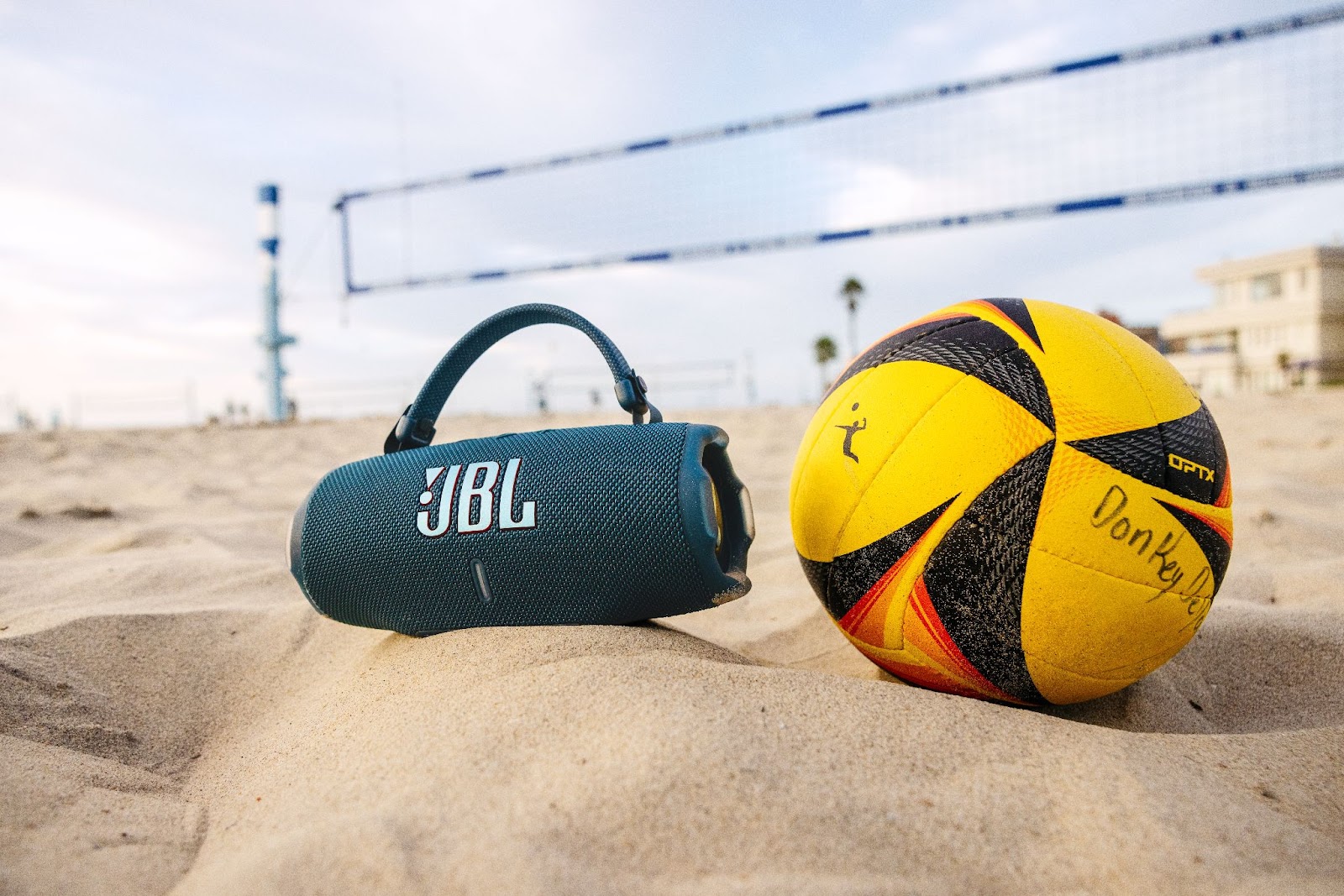 Why JBL Charge 6 and Flip 7 Are the Best Outdoor Speakers for Any Adventure
Why JBL Charge 6 and Flip 7 Are the Best Outdoor Speakers for Any Adventure
.png) Music in the shower? Go for Waterproof!
Music in the shower? Go for Waterproof!
 Best JBL Products to Help Supercharge Your Gym Routine
How to Clean Your Wireless Headphones and Earpads
Best JBL Products to Help Supercharge Your Gym Routine
How to Clean Your Wireless Headphones and Earpads
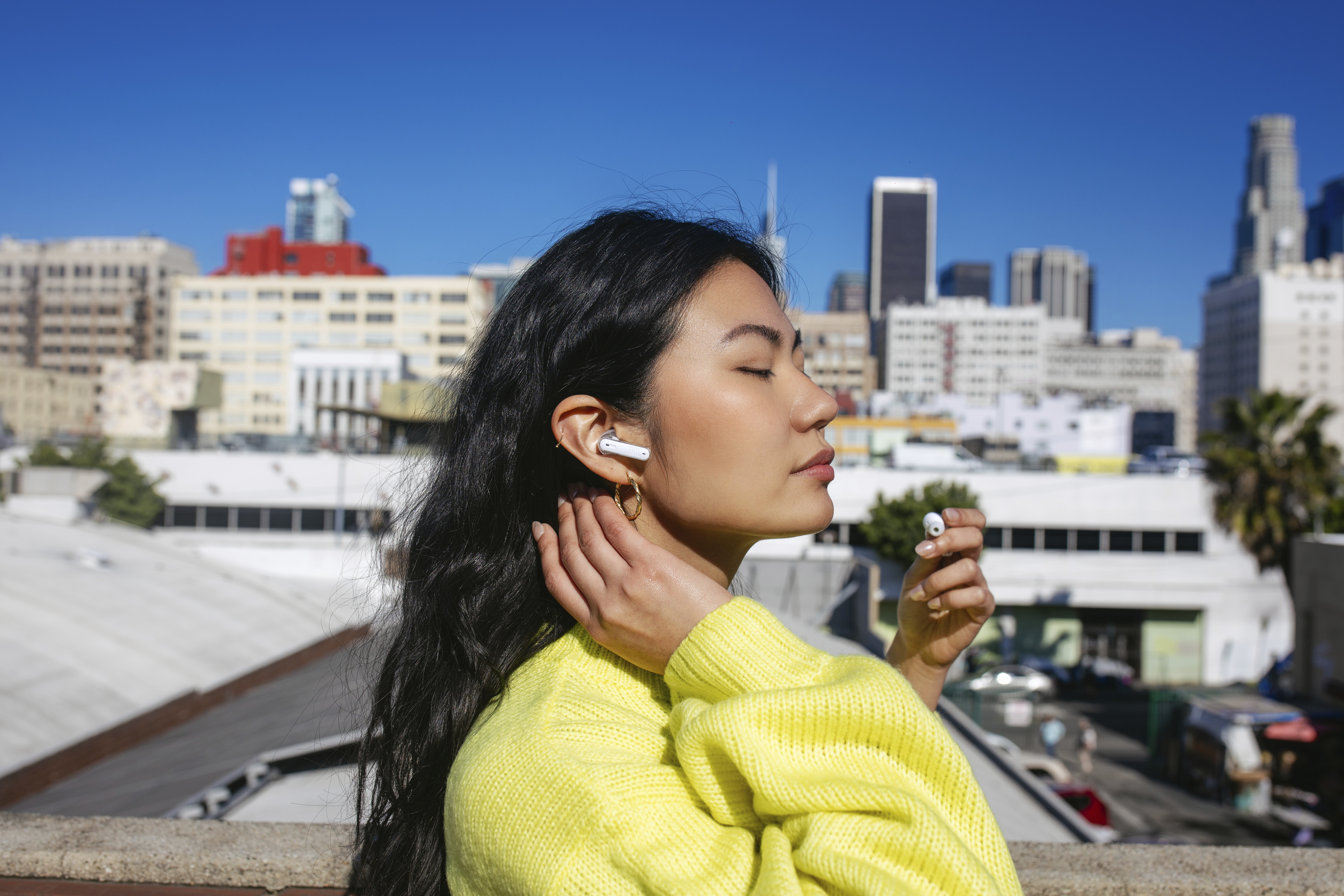 From Open-Ear Headphones to On-Ear Earphones: Which One Is For You?
From Open-Ear Headphones to On-Ear Earphones: Which One Is For You?
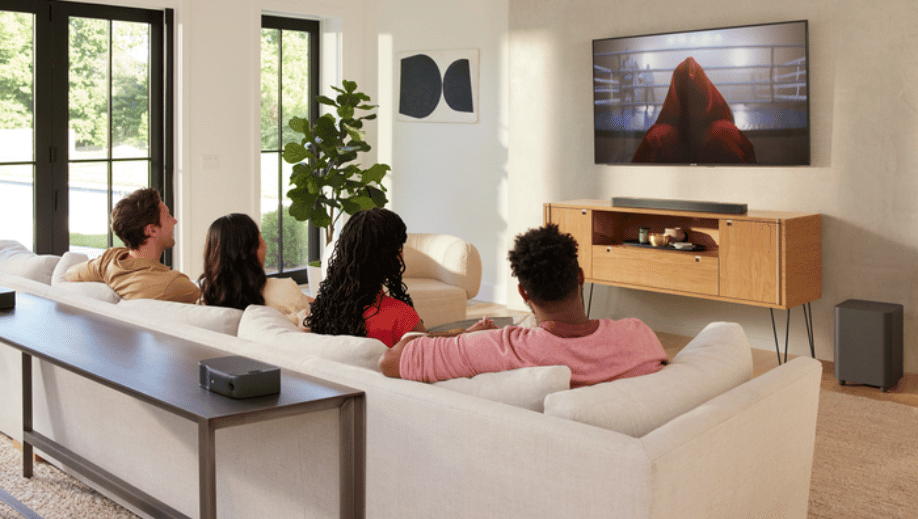 JBL Soundbar: How to Fix an HDMI ARC That’s Not Working
JBL Soundbar: How to Fix an HDMI ARC That’s Not Working
 The JBL Gift Guide: Gift Ideas for an Unforgettable Celebration
Embrace Sonic Superiority with the Launch of JBL Tour Pro 2 & JBL Tour One M2
On-Ear vs Over-Ear Headphones
The JBL Gift Guide: Gift Ideas for an Unforgettable Celebration
Embrace Sonic Superiority with the Launch of JBL Tour Pro 2 & JBL Tour One M2
On-Ear vs Over-Ear Headphones
.jpg) JBL & Auracast™: Crank Up the Party, No Strings Attached
JBL & Auracast™: Crank Up the Party, No Strings Attached













